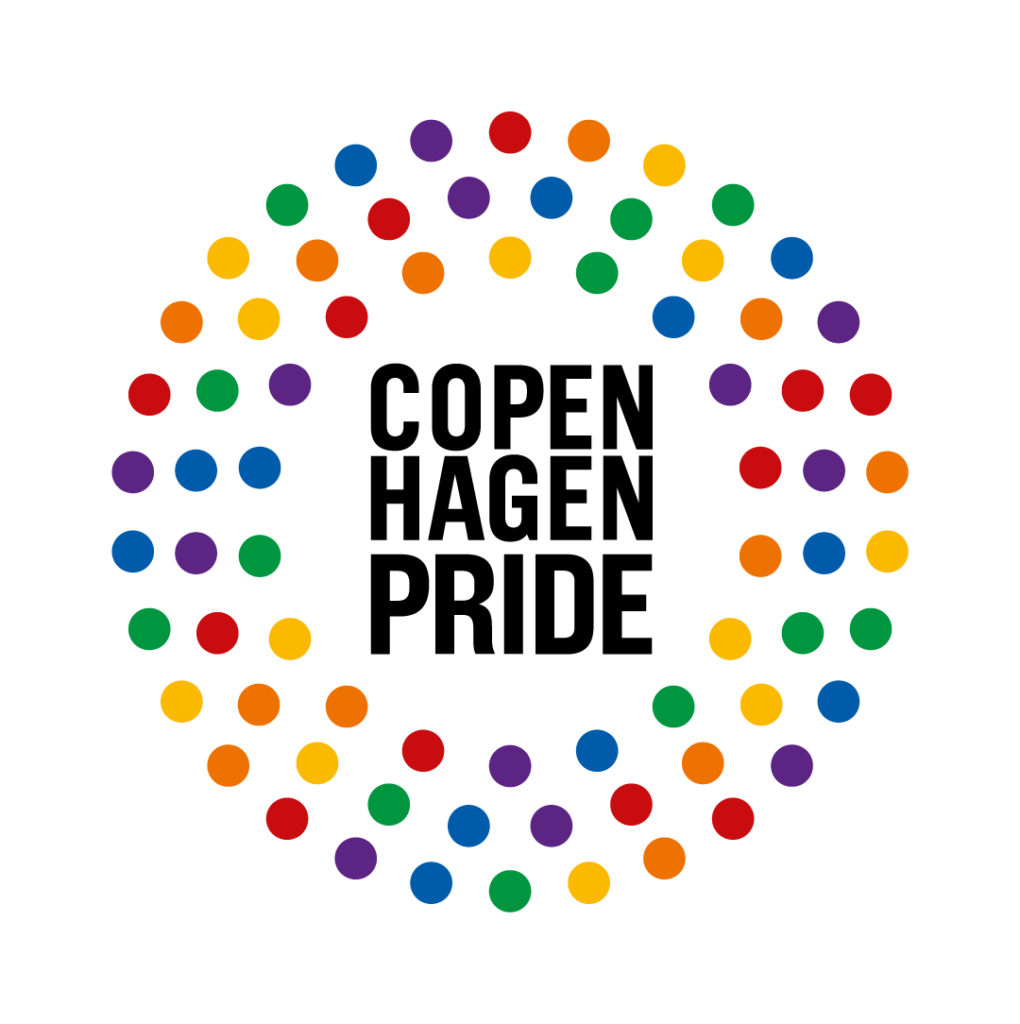Space for everyone?
During Copenhagen Pride there is no shortage of events to check out, whether you are looking to be educated or entertained. The Human Rights Program will be running a long list of debates, talks and workshops, and elsewhere in the city you can visit LGBTI+ themed exhibitions and canal tours. In the evening, however, there tends to be only one main attraction: the show.
Whether it’s “Take Me Back Tuesday” or Friday’s glittery “Drag Night”, the shows of Copenhagen Pride Week always attract large crowds who show up to enjoy the music and entertainment as well as to party together with friends and strangers.
But it is not just the cheerful atmosphere that attracts people to the show. The feeling we get when we see our community reflected and represented on a stage of that size also matters greatly. There is no doubt that this is how it should be – but we must question whether we are meeting our own goals when it comes to creating a diverse show, and are those goals ambitious enough?
Debate on representation
This became a point of discussion last year when Danish musician O/RIOH, who had been booked to perform at the Pride Show on Saturday, criticized Copenhagen Pride on Instagram for not being inclusive enough, and was subsequently removed from the program. In hindsight, this matter was not handled as well as it should have been, but fortunately it did lead to a constructive dialogue between the parties once the dust had settled. While regrettable, this situation brought to light the question of representation, which is more than fitting. As the biggest LGBTI+ event in Denmark, Copenhagen Pride has a responsibility to our community to do our best when it comes to representation in our shows.
If anybody is aware of the way the issue of representation is handled, it is Tonny Liljenberg. Tonny has been part of executing Copenhagen Pride for six years and is the person behind “Drag Night”. Since his second year in the organization, he has also been in charge of Saturday’s Pride Show. Tonny is also the creator of the performance concept Drag House, which sets up large drag events in venues such as Vega, earning him the nickname “Drag Daddy”. In his work with Drag House, a lot of focus is given to representation and diversity, and Tonny makes sure not only to book cisgender drag queens, but also give a platform to bio kings and queens, as well as transgender performers, to display their fabulous talents.
We asked Tonny how he works to ensure broad diversity in the shows he plans for Copenhagen Pride: “Luckily, I’m not dealing with this alone. I listen a lot to the people around me, and the ideas brought to the table, as well as keeping posted about new (and old) exciting artists”. It is a constant exercise, but without doubt an issue that gets a fair amount of attention.
Inspiration from around the world
One thing (of many) we do well in the LGBTI+ community, is sharing our experiences with and drawing inspiration from one another. As Pride events have begun popping up all over the country, and the number of LGBTI+ related events has increased, it is a perfect moment for curiosity and drawing inspiration from different approaches. Tonny is more than happy to do so: “When I go to LGBTI+ events, I’m very conscious of looking for inspiration we can use at Copenhagen Pride. When I went to a minority film festival in the Faroe Islands last year, I met a Swedish female rapper, who I quickly booked for Copenhagen Pride 2020, and who we will hopefully get to see in 2021 instead”.
Simultaneously, other activist movements such as Black Lives Matter, which emphasize the intersections between sexual orientation, gender identity and racialization, help to encourage introspection. The recognition of privilege blindness is a practice that constantly needs to be worked on if we are to become better at presenting a broad representation of identities in our shows and create a space that feels safe for everyone in our community.
What have we learned from last year?
Every time Copenhagen Pride takes place, it is an opportunity for us to do better. “I believe we’ve learned that we need to pay attention to how and how fast we respond to criticism. We definitely discovered that dialogue is the best solution”, Tonny says. “We also learned, by looking back at our earlier shows, that we have come a long way with regards to representation and inclusion – but we can still get better”.
And so, the work continues, but not with one single end goal in mind: “We can also do better. It is important for us to always think thoroughly about our relationship with inclusion and representation – and that we listen to what people tell us, and that way help us do better”.
While we are making an effort to do better with regards to inclusion and representation, we acknowledge that we cannot do it alone. We constantly seek out input from the community, and you are always welcome to get in touch if you have specific ideas on how we can secure a diverse program in the long term, one that allows us to throw a great party while also reflecting the diversity of our community.



